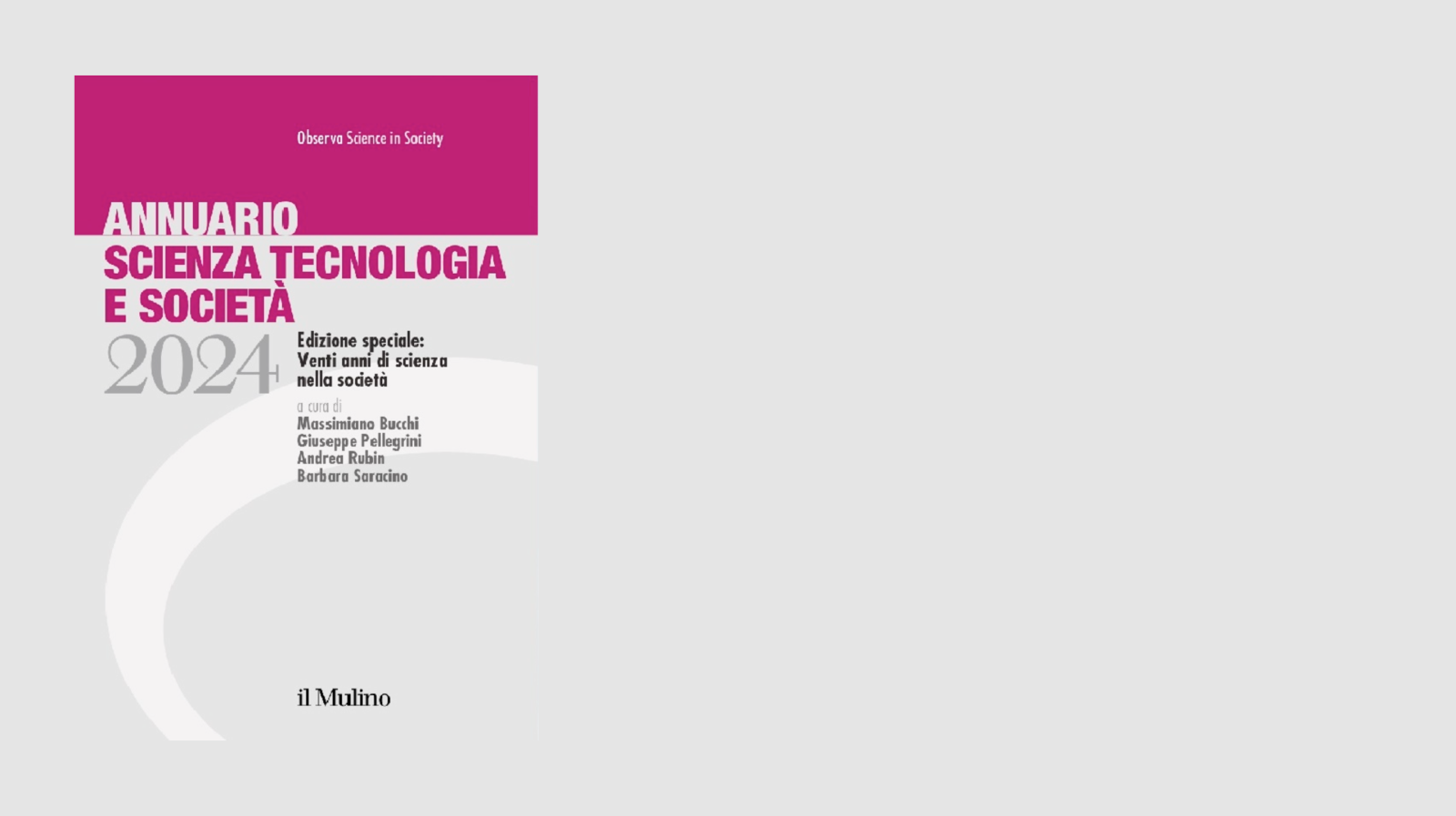How climate change will affect public health, socioeconomic and ecological trends in the Mediterranean Region? Researchers from all over Europe, North Africa and Middle East are gathering in Rome and discussing these issues in the Final Conference (23-25 May 2011) of CIRCE (Climate Change and Impact Research: the Mediterranean Environment), the research project funded under the Sixth Framework Programme of European Union (EU). The aim of the meeting is to summarise 4-years project major outcomes and achievements on the effects of climate change in the Mediterranean Basin.
CIRCE, co-ordinated by INGV (Istituto Nazionale di Geofisica e Vulcanologia- Italy), confirmed climate change trends in the Meditterranean area already foreseen by IPCC (Intergovernmental Panel on Climate Change), implementing ad hoc models capable to provide more resoluted projections (30 km instead of 300) from nowadays to 2050. CIRCE models can be used for simulations on future climate features more realistic and detailed.
The CIRCE project shows a scenario in the Mediterranean basin that will be characterised by an increase of temperature of about 2°C (from 0,8 to 1,8°C on the sea surface), an according sea level rise of 6-11 centimeters, a precipitation reduction from 5 to 10%, and an increase of extreme events (heat waves, floods, torrential rains, cyclones) rate.
Laurence Tubiana, director of IDDRI (Institute for Sustainable Development and International Relations- France) and CIRCE Executive Board co-chair, highlighted how CIRCE could represent a relevant stimulus to foster solidarity among countries in Europe, Northern Africa and Middle East, which face climate change challenges.
By the end of the year, the CIRCE project will accomplished the ambitious Regional Assessment Climate Change in the Mediterranean (RACCM) report which will provide a detailed picture of climate in the Mediterranean region. Composed by 5 parts, CIRCE RACCM Report describes changes in progress in atmosphere and in the basin (Part I) and how these changes affect water availability in the region (Part II). Part III investigates effects on agriculture and ecosystems, and Part IV presents the impacts on social and economical dimensions. The last section (Part V) is devoted to case studies, eleven relevant places and zones in the Mediterranean region that are expected to be particularly affected by the impacts of climate change (i.e. Tuscany region, Athens, and Gulf of Valencia).
“Thanks to CIRCE, climate research became more evidence based and less ideological”, stated Antonio Navarra, senior researcher of INGV and CIRCE Executive Board co-chair, “In the Mediterranean are there are still many uncertanties and variabilities in investigating a critical and complex zone as Mediterranean basin, but models elaborated in CIRCE have started a new era in climare research, in which we have more powerful tools for projections that are at the basis of effective adaptation and mitigation policies”.
Circe website: http://www.circeproject.eu
Communication office: luca carra
+39-339-8578565

